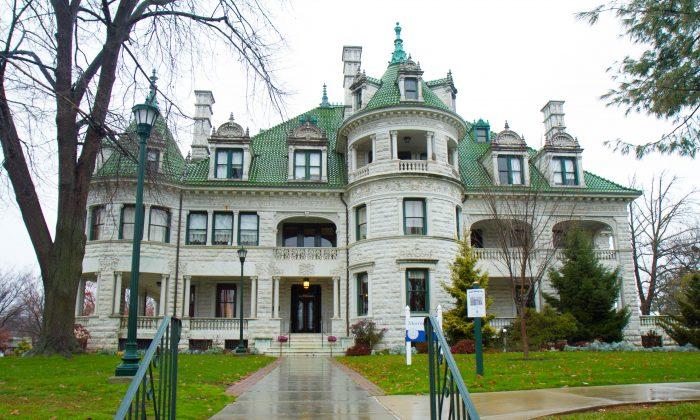A group of residents living near a proposed residential development on Orange Terrace in Middletown, New York, has asked the Zoning Board of Appeals not to greenlight a variance on Feb. 15.
A zoning variance is an exception, granted on a case-by-case basis by a local government, to normal zoning laws that require that a property match the classification for a certain area.
The developer, Orange Terrace Properties LLC, wants to squeeze six single-family residences onto lots that, under the current city zoning code, can accommodate only three houses.
Philip Dropkin, a Goshen lawyer representing the developer, argued in front of the Zoning Board of Appeals that the development wouldn’t alter the characteristics of the neighborhood and that building fewer than six houses would be economically unfeasible for the developer.
The project requires an expensive road extension, and construction costs have gone up 40 percent since the developer first considered the project, Dropkin said.
Zoning Board of Appeals members are empowered to grant variances to the zoning law by weighing the benefit to the applicant against the detriment to the health, safety, and welfare of the neighborhood.

Jason Lichtenstein, a resident living on Clinton Street, said the proposed development would change the character of the neighborhood that he has known for years.
“We like [our] neighborhood, much like Presidential [Heights], with wide open areas,” Lichtenstein said. “That’s the appeal that we have back there, and we are trying to maintain our quality of life that we have built and worked for in that part of the neighborhood.”
Luis Jose Villafane, a longtime resident on Orange Terrace, said more than 90 percent of the houses on his street have a front yard width of 75 feet or more, as required by the zoning law, including his own.
“We had to follow [the zoning law], so shall this developer,” Villafane said. “I’m not asking to put no houses—all I’m asking is to be fair, applying the law now as you did back then.”
In the application, the developer seeks board approval to build four houses on lots with front yard widths of 50 feet and two more on lots with even smaller frontage, at 44 feet.
Maria Jetjomlong, a resident living on Clinton Street, said she applied to the Zoning Board of Appeals to build her house on a lot with a 50-foot front years ago but was denied.
“The developer should abide by the law that everyone else abides by,” Jetjomlong said. “You want to build houses? Build three, not six. Don’t change it just because you are trying to make a buck.”
Donald Fagen, a resident living on Conkling Avenue, agreed.

“The [developer] was aware of the zoning law when he purchased the property—if he wasn’t, that’s his fault for not doing his due diligence,” he said. “If we allow this variance, it will snowball.”
He added that recently some 50-foot lots on Clinton Street were bought up by developers, who might use the variance—if granted—as a precedent to crowd more houses into the neighborhood.
Middletown councilman Gerald Kleiner spoke on behalf of the Historical Society of Middletown and Wallkill Precinct about the potential environmental impact on the nearby cemetery.
“This is Hillside Cemetery from 1861, designed by Calvert Vaux. It is on the National Register of Historic Places,” Kleiner said. “It is, to me, part of the consideration when you look at the surrounding neighborhoods.”
Paul Jonhson, a councilman of the city’s third ward, which contains Orange Terrace, said that it isn’t the job of any regulatory agency to protect the economic interests of entrepreneurs.
“Does every entrepreneur have it worked out in his or her favor? Probably not. So, you take it on the chin, and you move on,” he said. “I think the North Pole for all of us in the city is quality of life, and quality of life for our residents should be protected before entrepreneurs.”
Residents also spoke about their concerns about traffic, noise, water, sewer, and flooding issues that come with dense residential developments.
The Zoning Board of Appeals will likely deliberate on the application at the next meeting on March 15.
Board members will generally consider the following factors in granting zoning variances: whether the variance is substantial, whether it has a negative effect on the physical and environmental conditions of the neighborhood, and whether it will change the character of the neighborhood in undesirable ways.
They also consider whether the applicant created the problem and if other methods could achieve the benefit sought by the applicant.





